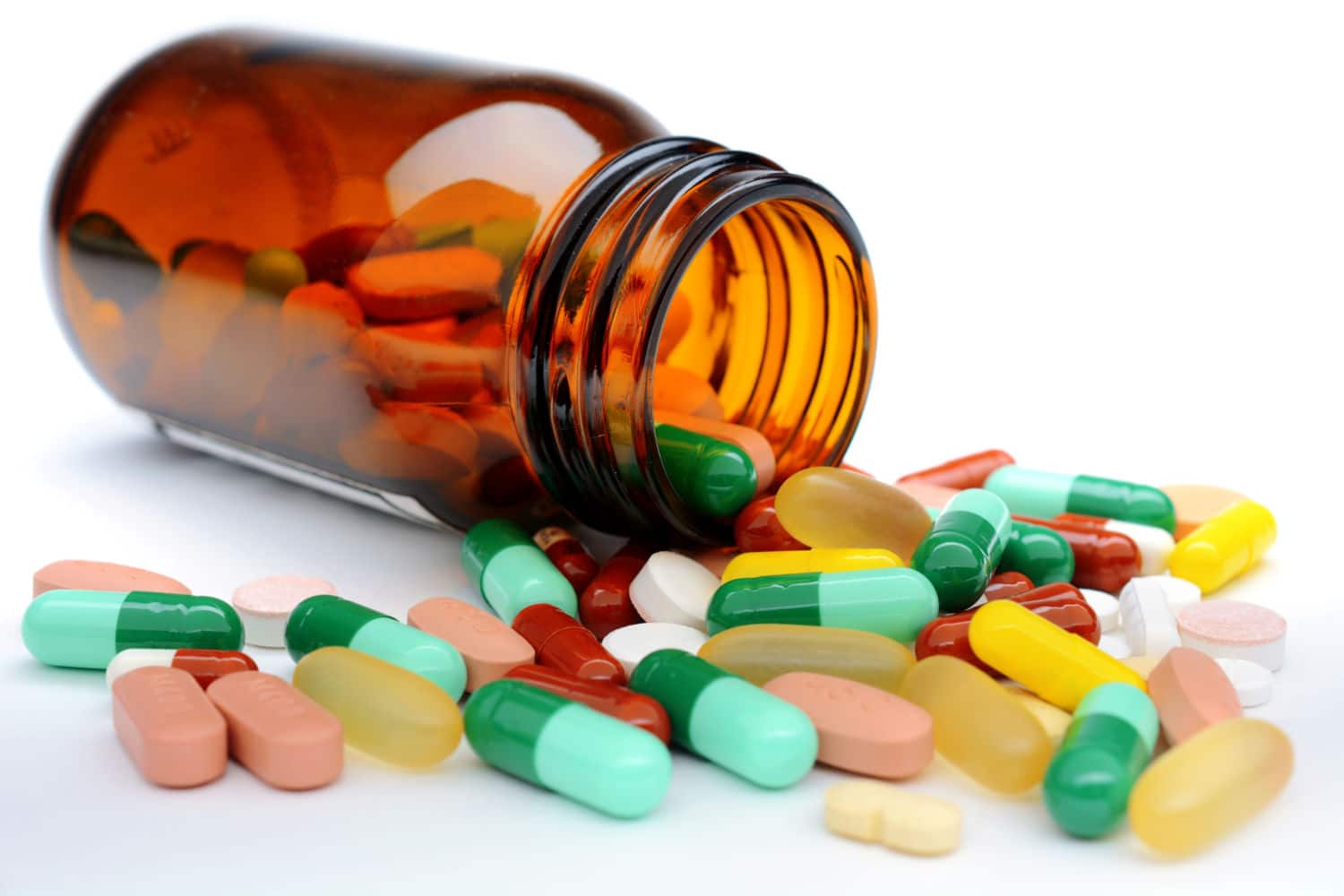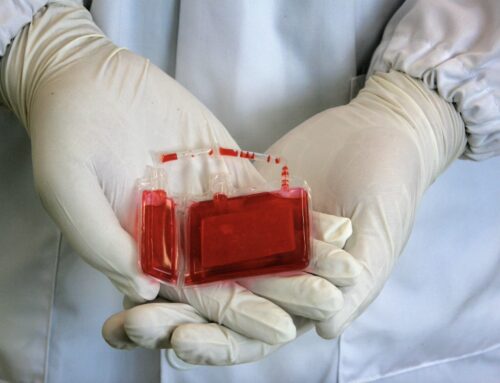How to Save Money on Prescription Drugs
Saving money on prescription drugs can be challenging, but there are several strategies you can use to reduce costs:
- Generic Drugs: Ask your healthcare provider if there is a generic version of your prescription available. Generic drugs are typically much cheaper than brand-name drugs and are often just as effective.
- Manufacturer Discounts: Many drug manufacturers offer discounts, coupons, or patient assistance programs to help reduce the cost of their medications. Check the manufacturer’s website or ask your healthcare provider for information.
- Compare Prices: Prices for prescription drugs can vary widely between pharmacies. Use websites or apps that compare prices at different pharmacies to find the best deal.
- Mail Order Pharmacies: Some insurance plans offer discounts for using a mail order pharmacy for long-term medications. Check with your insurance provider to see if this option is available to you.
- Prescription Savings Cards: Prescription savings cards, also known as pharmacy discount cards, can help reduce the cost of your medications. These cards are typically free and can be used at most pharmacies.
- Medicare Extra Help: If you have Medicare and have limited income and resources, you may qualify for the Extra Help program, which helps pay for prescription drug costs.
- State Assistance Programs: Some states offer prescription assistance programs for low-income individuals. Contact your state’s health department or social services agency for more information.
- Patient Assistance Programs: Many pharmaceutical companies offer patient assistance programs for people who cannot afford their medications. These programs provide free or discounted medications to eligible individuals.
- Splitting Pills: Some medications can be safely split in half to provide two doses from one pill. Check with your healthcare provider or pharmacist to see if this is an option for your medication.
- Health Savings Account (HSA) or Flexible Spending Account (FSA): If you have an HSA or FSA, you can use these funds to pay for prescription medications, reducing your out-of-pocket costs.
- Discuss Alternatives: Talk to your healthcare provider about lower-cost alternatives to your current medications. There may be other medications that are equally effective but less expensive.
- Discuss non-medical diets with your health care provider. Eating healthy may just prove just as healthy as a prescription drug.
By using these strategies, you can help reduce the cost of your prescription drugs and make managing your healthcare expenses more affordable.




